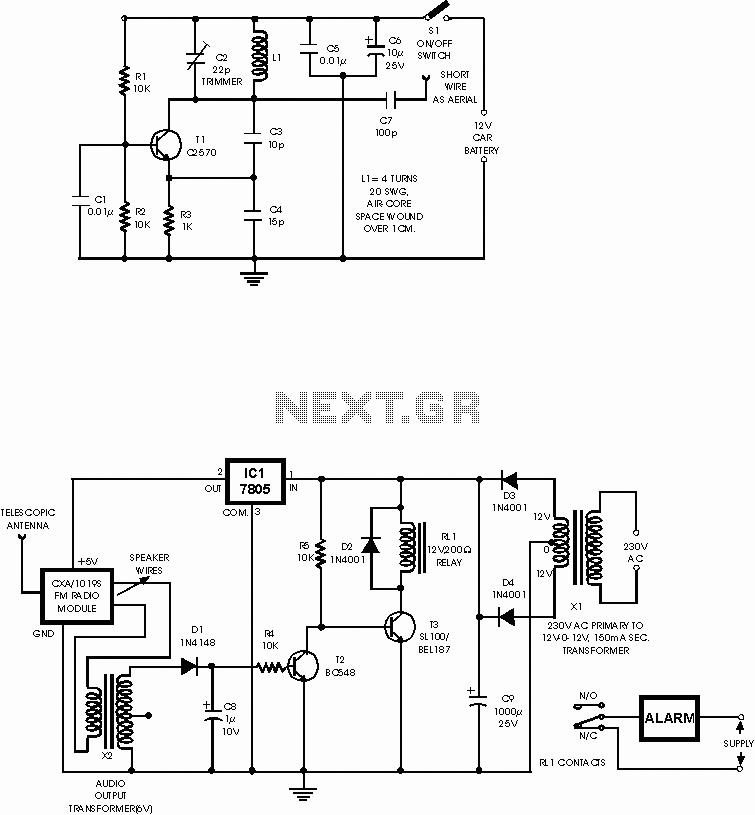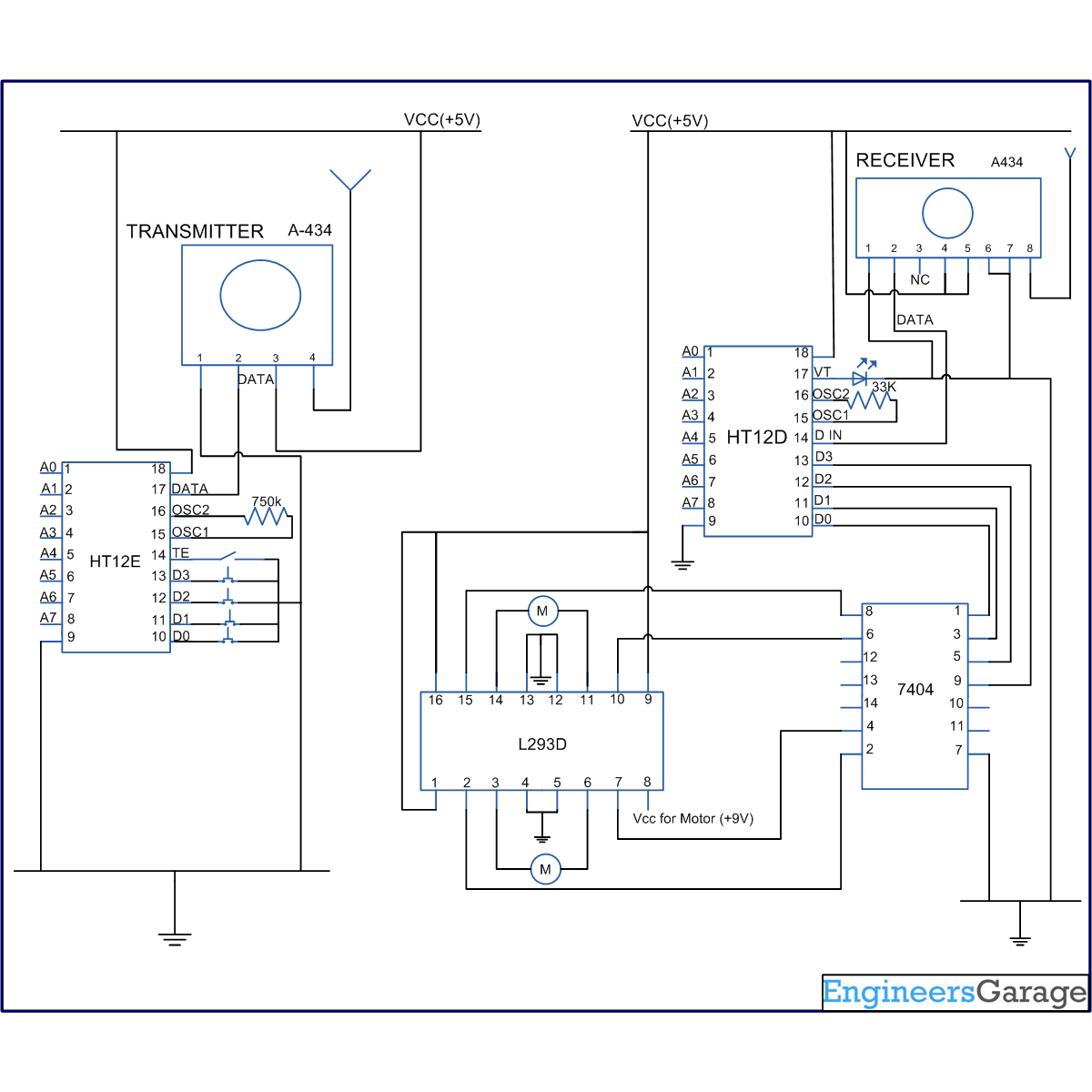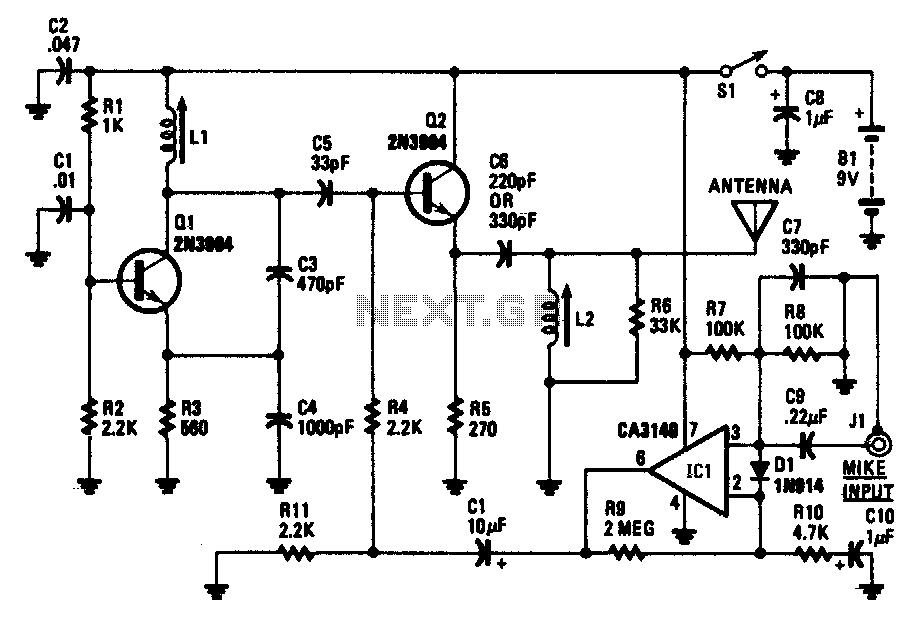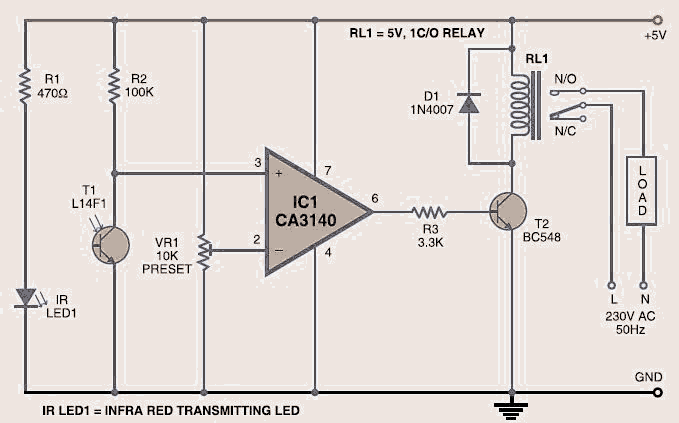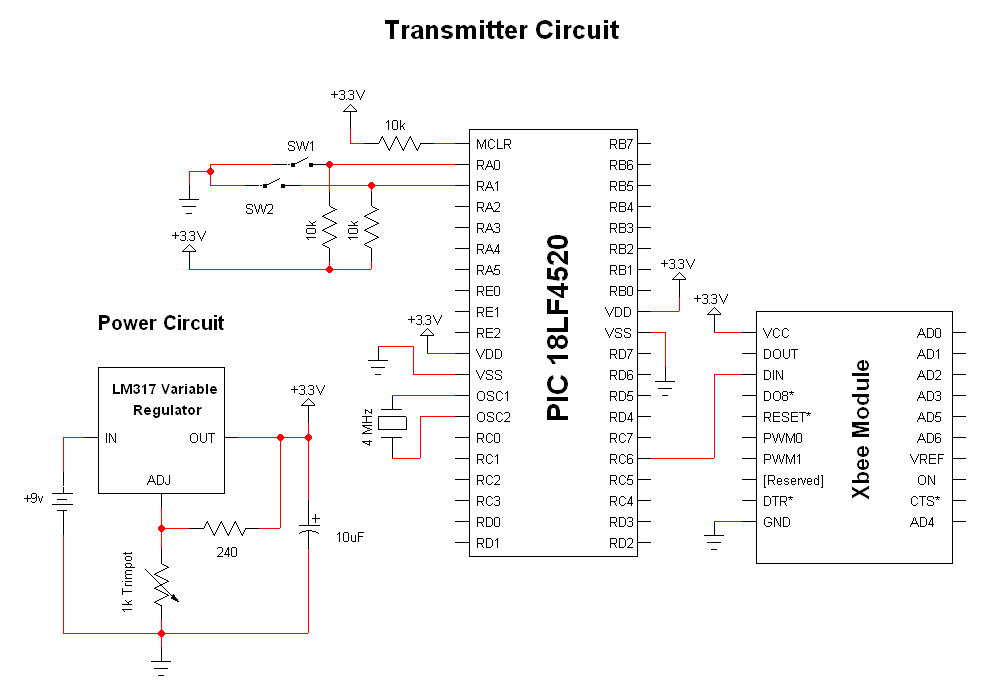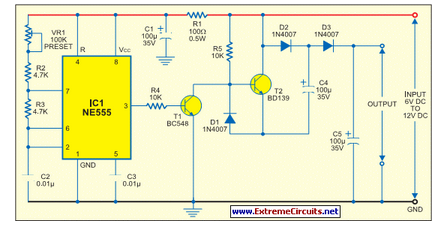
Low-Power Wireless Charging
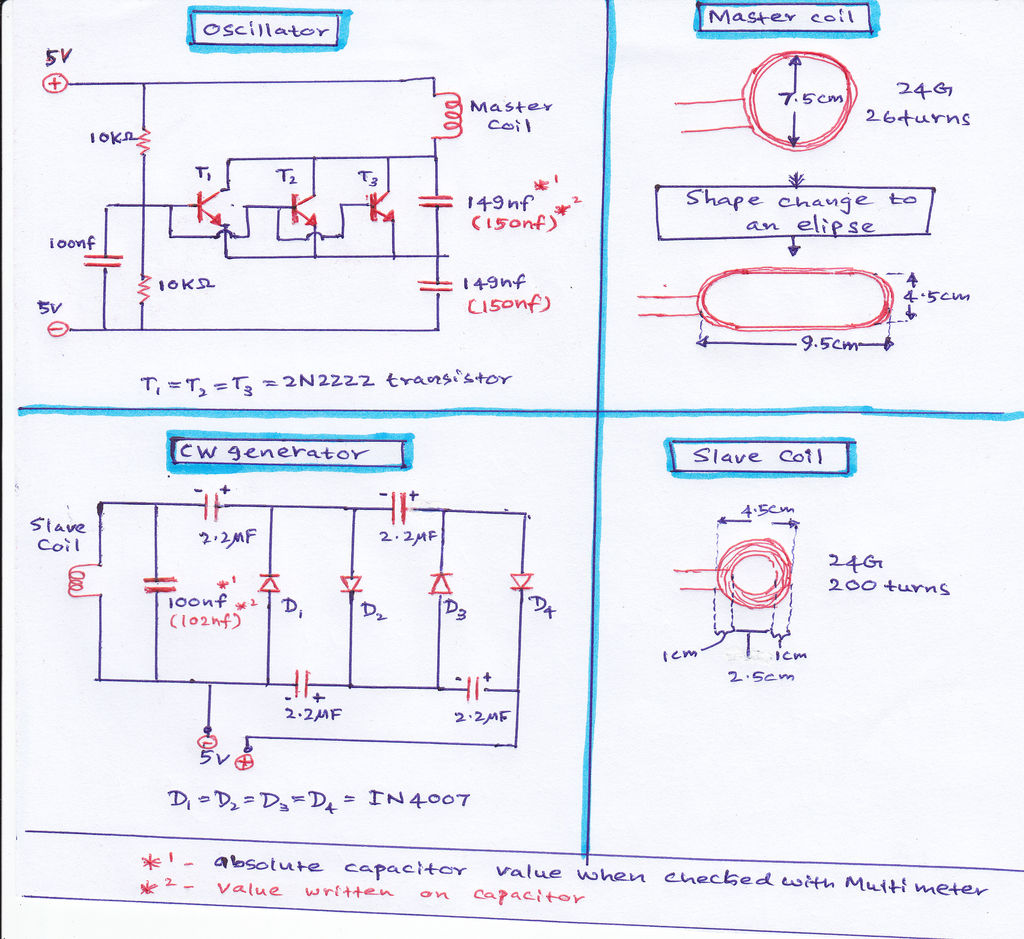
This instructable demonstrates how to create low-power wireless charging circuits that facilitate the transfer of energy without direct electrical connections.
Wireless charging circuits utilize electromagnetic induction to transfer energy between two coils, typically referred to as the transmitter and receiver coils. The basic principle involves the transmitter coil generating an alternating magnetic field when an alternating current passes through it. This magnetic field induces a voltage in the receiver coil, which is positioned within its vicinity.
To construct a low-power wireless charging circuit, several key components are required:
1. **Transmitter Circuit**: This includes a power supply, a driver circuit (often utilizing a MOSFET or a transistor), and a transmitter coil. The driver circuit converts the DC voltage from the power supply into an AC signal that drives the transmitter coil.
2. **Receiver Circuit**: This comprises a receiver coil, a rectifier circuit (typically a diode bridge), and a smoothing capacitor. The receiver coil captures the magnetic field generated by the transmitter coil and converts it back into electrical energy. The rectifier circuit then converts this AC voltage into DC voltage suitable for charging a battery or powering a device.
3. **Control Circuit**: An optional control circuit can be implemented to manage the charging process, ensuring that the device receives the correct voltage and current levels to prevent overcharging and enhance safety.
4. **Efficiency Considerations**: The efficiency of the wireless charging system can be influenced by factors such as coil alignment, distance between the coils, and the quality of the components used. It is essential to design the coils with an appropriate number of turns and dimensions to optimize the coupling factor.
5. **Safety Measures**: Incorporating safety features such as overcurrent protection, thermal management, and short-circuit protection is crucial to ensure reliable operation and prevent damage to both the charging circuit and the connected devices.
This low-power wireless charging circuit can be applied in various applications, including small electronic devices, wearables, and other battery-operated gadgets, providing a convenient and efficient charging solution.Hi and welcome to my first instructable! I`m going to show you how to make your own low-power wireless charging circuits that will let you pass elect.. 🔗 External reference
Wireless charging circuits utilize electromagnetic induction to transfer energy between two coils, typically referred to as the transmitter and receiver coils. The basic principle involves the transmitter coil generating an alternating magnetic field when an alternating current passes through it. This magnetic field induces a voltage in the receiver coil, which is positioned within its vicinity.
To construct a low-power wireless charging circuit, several key components are required:
1. **Transmitter Circuit**: This includes a power supply, a driver circuit (often utilizing a MOSFET or a transistor), and a transmitter coil. The driver circuit converts the DC voltage from the power supply into an AC signal that drives the transmitter coil.
2. **Receiver Circuit**: This comprises a receiver coil, a rectifier circuit (typically a diode bridge), and a smoothing capacitor. The receiver coil captures the magnetic field generated by the transmitter coil and converts it back into electrical energy. The rectifier circuit then converts this AC voltage into DC voltage suitable for charging a battery or powering a device.
3. **Control Circuit**: An optional control circuit can be implemented to manage the charging process, ensuring that the device receives the correct voltage and current levels to prevent overcharging and enhance safety.
4. **Efficiency Considerations**: The efficiency of the wireless charging system can be influenced by factors such as coil alignment, distance between the coils, and the quality of the components used. It is essential to design the coils with an appropriate number of turns and dimensions to optimize the coupling factor.
5. **Safety Measures**: Incorporating safety features such as overcurrent protection, thermal management, and short-circuit protection is crucial to ensure reliable operation and prevent damage to both the charging circuit and the connected devices.
This low-power wireless charging circuit can be applied in various applications, including small electronic devices, wearables, and other battery-operated gadgets, providing a convenient and efficient charging solution.Hi and welcome to my first instructable! I`m going to show you how to make your own low-power wireless charging circuits that will let you pass elect.. 🔗 External reference
